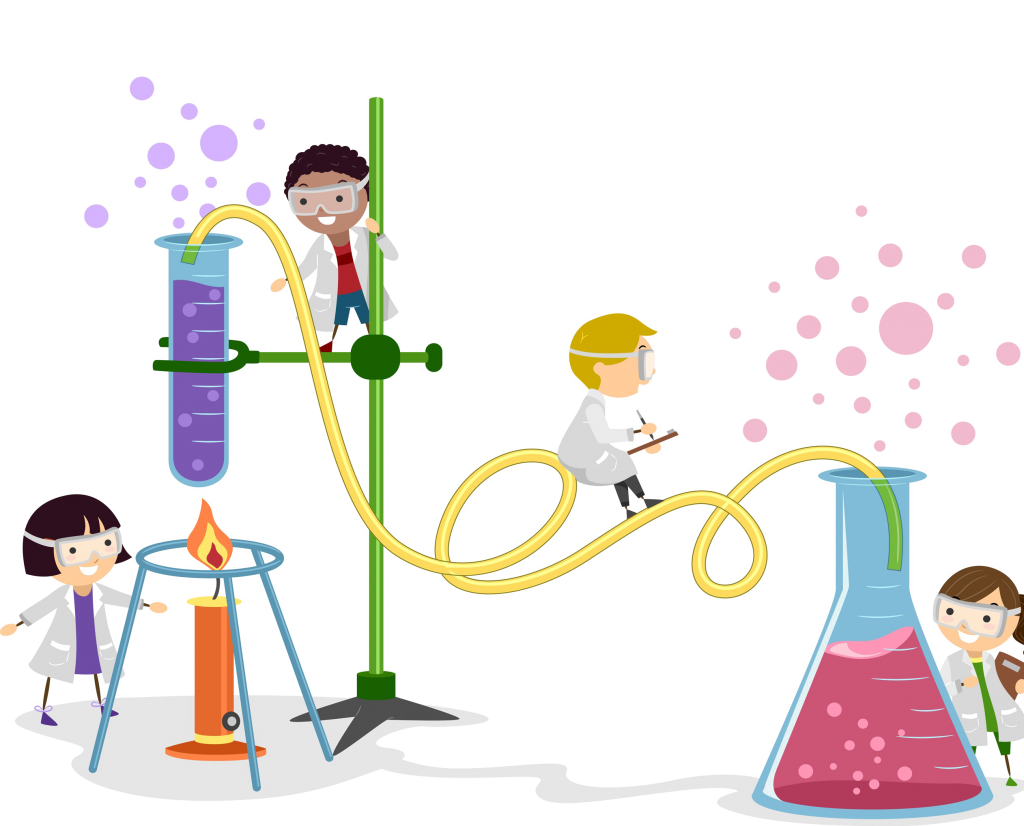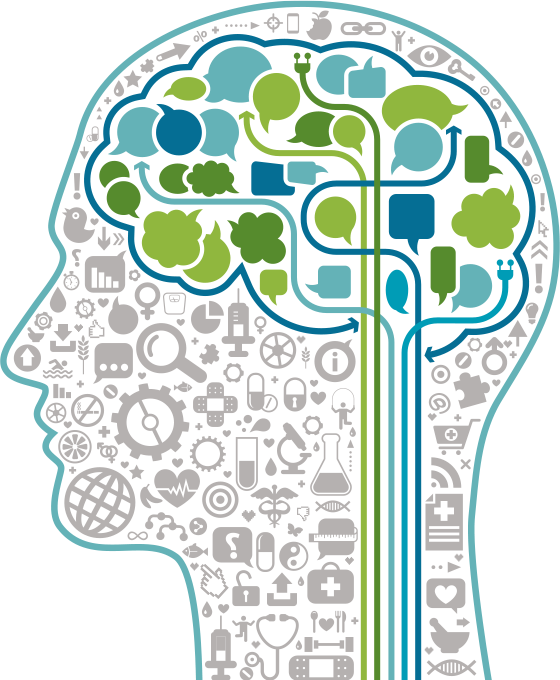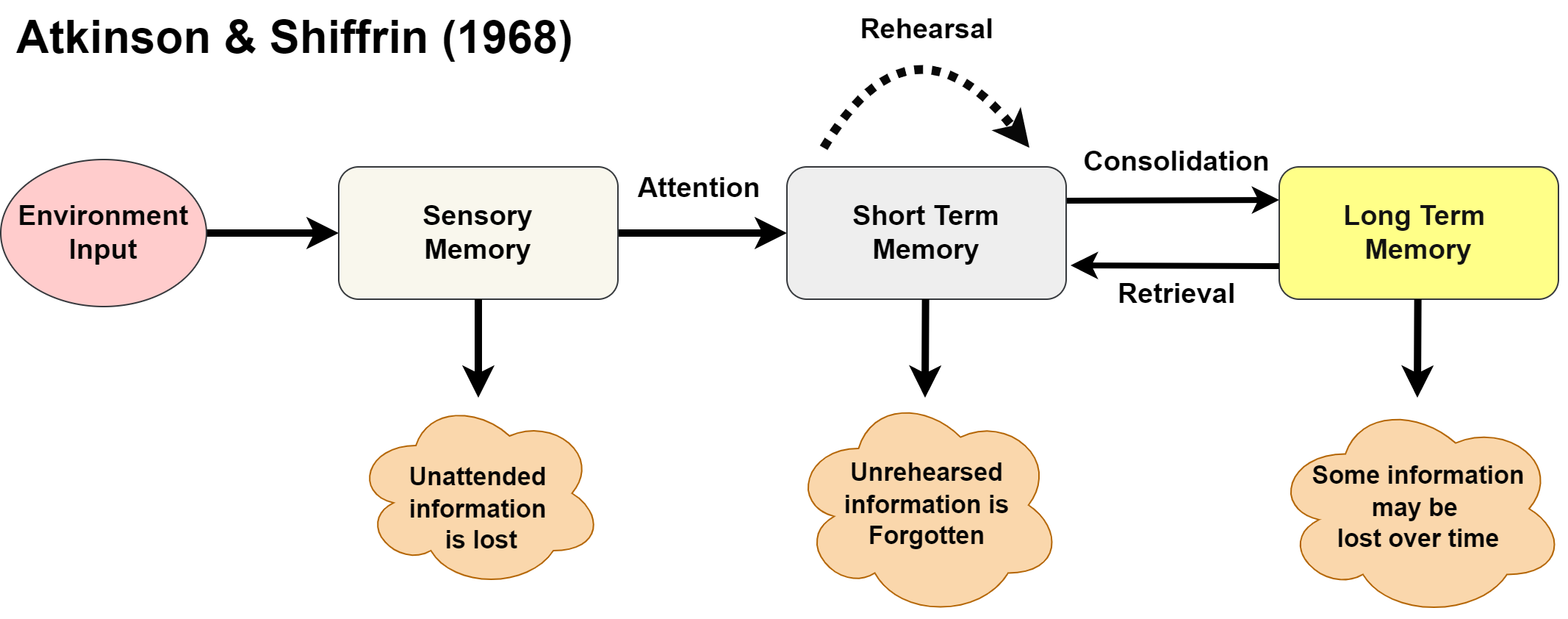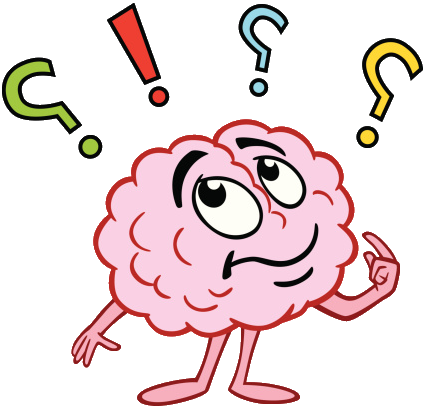Lab 5: Levels of Processing Experiment
PSYC 2401 Lab
Levels of Processing Experiment

Experiment Instructions

Log into your CogLab account and click on “complete lab”
↓
Then, select “29. Levels of Processing”
↓
Please, Do not read the “background” or the “instructions”. Click here for the experiment instructions
↓
After you are done, you are free to scroll to the top and read the “background” section

The Modal Model of Memory



Limitations of The Modal Model

The modal model of memory was one of the first attempts to formalize the structure of memory, and at such it is a bit too simplistic. Some limitations include:
- The modal model assumes that short term memory (STM) is essential for transferring information into long term memory (LTM); however, it has been shown that some patients with STM issues have no LTM problems (Shallice & Warrington, 1970).
- The modal model assumes that holding items in STM (i.e., rehearsal) would guarantee transition into LTM/learning.
- The modal model does not take into account how the type of item that enters STM is processed may affect transition into LTM. This last point is the main tenet of the levels of Processing principle (Craik and Lockhart, 1972)

The Levels of Processing Principle




Rather than rehearsal, the levels of processing principle puts emphasis on the way in which items are process in STM:
- Shallow: Usually simply visual processing (i.e., what does this word look like? Is it capitalized or lower case?)
- Intermediate: For example, phonological processing (i.e., does this words rhyme with this other word?).
- Deep: For example, semantic processing, which involves attaching a deeper meaning to the word to be remembered (i.e., is PEN a writing implement?)
According to the levels of processing principle, items that are deeply processes in STM will be more likely to be transferred to LTM.
Any Questions? 🤔

…And Class is over!🙃

Lab 5: Levels of Processing Experiment